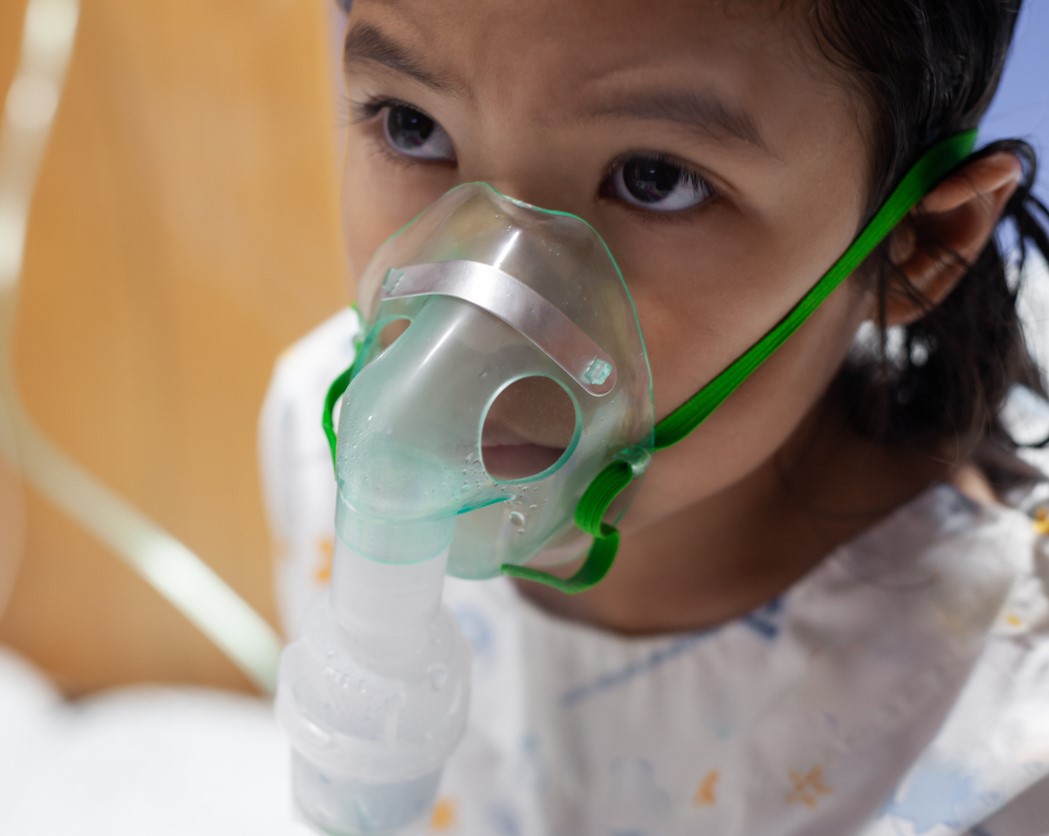 A new analysis of Brazilian healthcare workers (HCWs) shows 58.7% had depression, 59.7% had anxiety, and 61.7% reported stress during the COVID-19 pandemic. The study is published in PLOS One.
A new analysis of Brazilian healthcare workers (HCWs) shows 58.7% had depression, 59.7% had anxiety, and 61.7% reported stress during the COVID-19 pandemic. The study is published in PLOS One.
Some previous studies have shown that about 25% of HCWs developed symptoms of depression, anxiety, stress, insomnia, or burnout during the pandemic, the authors said.
In the present study the authors calculated the prevalence of depression, anxiety, and stress from November 2020 through October 2021, via a survey administered to 1,522 healthcare workers in the central-west region of the Brazil.
Respondents were mostly female (82.6%) and White (52.7%), and 45.1% lived with a spouse.
"Professionals working in nursing (nurses and nursing technicians) reported higher frequencies of mental disorders; depression, anxiety, and stress were present in approximately 32% of nurses," the authors wrote. Physicians, meanwhile, had a 3.75 times greater risk of depression than other HCWs.
Changes in safety and protection guidelines ... led to emotional overload.
For all HCWs, most who reported significant increases in depression, anxiety, or stress also reported having had COVID-19 (64.22%, 63.30%, and 64.82%, respectively), and maintained social distancing outside of work (93.82%, 93.96%, and 93.72%).
HCWs who reported working in management administration and pharmacology were less likely than nurses and doctors to report mental health challenges.
A perception of being unsafe at work was related to increased mental distress, the authors said. During the study period, infection protocols changes several times as more was understood about virus transmission and as vaccines were introduced.
"Changes in safety and protection guidelines related to infection control and use of personal protective equipment were sudden, often changing several times in the same week, which led to emotional overload, especially among individuals with higher levels of education," the authors wrote.

 With respiratory virus levels rising to prepandemic levels and increasing hospitalizations in children younger than 2 years, the Pan American Health Organization (PAHO) and World Health Organization (WHO) yesterday urged countries to strengthen their measures to tackle flu, respiratory syncytial virus (RSV), and COVID-19 and to take measures to avoid severe outcomes.
With respiratory virus levels rising to prepandemic levels and increasing hospitalizations in children younger than 2 years, the Pan American Health Organization (PAHO) and World Health Organization (WHO) yesterday urged countries to strengthen their measures to tackle flu, respiratory syncytial virus (RSV), and COVID-19 and to take measures to avoid severe outcomes.











